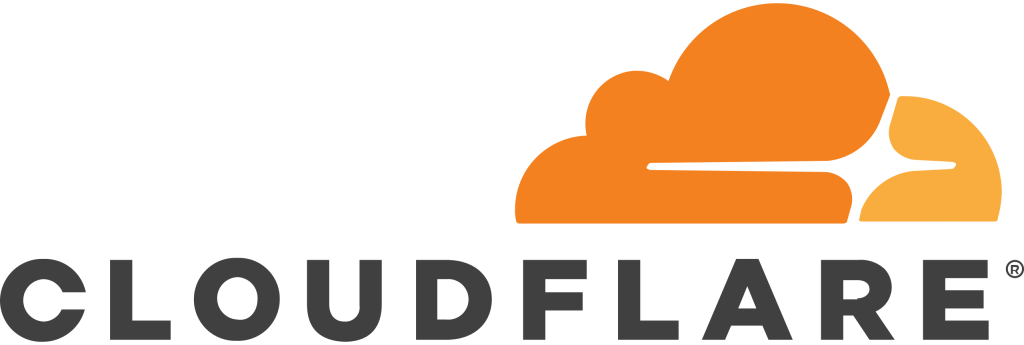In the digital age, data collection has become a crucial aspect of business operations, research, and development. However, the process of web scraping, which involves extracting data from websites, is often hindered by security measures such as CloudFlare’s Web Application Firewall (WAF) and anti-scraping shields. This article aims to provide a comprehensive guide on how to bypass these obstacles using the ScrapingBypass API, ensuring a smooth and worry-free web data collection process.

Understanding CloudFlare’s WAF and Anti-Scraping Shields
CloudFlare’s WAF is designed to protect websites from various online threats, including web scraping. It employs a 5-second shield that delays requests from unrecognized sources, making it difficult for web scrapers to extract data efficiently. Additionally, CloudFlare uses CAPTCHA systems, such as Turnstile and Challenge CAPTCHA, to prevent automated scripts from registering or logging into websites.
The ScrapingBypass API: A Powerful Tool for Bypassing CloudFlare’s WAF
The ScrapingBypass API is a powerful tool that can effortlessly bypass CloudFlare‘s WAF and anti-scraping shields. It is designed to overcome the 5-second shield, ensuring that your data collection process is not delayed. Moreover, it can successfully handle Turnstile and Challenge CAPTCHA pages, enabling seamless registration and login on the target website.
Comprehensive Global Dynamic Data Center/Residential IP Proxy Service
One of the key features of the ScrapingBypass API is its comprehensive global dynamic data center/residential IP proxy service. This service provides a wide range of IP addresses, allowing you to send requests from different locations and bypass CloudFlare’s WAF, which often blocks requests from a single IP address.
Interface Address, Request Parameters, and Response Handling
The ScrapingBypass API offers an HTTP API, which includes an interface address for sending requests, request parameters for customizing your scraping tasks, and response handling for managing the data collected. This API is designed to be user-friendly, making it easy for both beginners and experienced users to bypass CloudFlare’s WAF and collect data from websites.
Customization Features for Enhanced Control
The ScrapingBypass API also supports various customization features, providing you with greater flexibility and control over your web scraping tasks. These features include setting Referer, browser User Agent (UA), headless mode, and various browser fingerprint features.
Setting the Referer allows you to specify the URL of the page that linked to the target website, making your scraping task appear more legitimate. Customizing the browser UA enables you to mimic different browsers, which can help bypass certain WAF rules. Headless mode allows you to run a browser without a graphical user interface, which can be useful for running automated scraping tasks. Lastly, customizing browser fingerprint features can help you mimic a real user’s browser, making it harder for CloudFlare’s WAF to detect your scraping activity.
Conclusion
In conclusion, the ScrapingBypass API is a powerful tool for bypassing CloudFlare’s WAF and anti-scraping shields, enabling worry-free web data collection. Its comprehensive global dynamic data center/residential IP proxy service, user-friendly HTTP API, and various customization features make it a versatile and effective solution for overcoming the challenges of web scraping. Whether you’re a researcher, a business owner, or a developer, the ScrapingBypass API can help you extract the data you need efficiently and effectively.